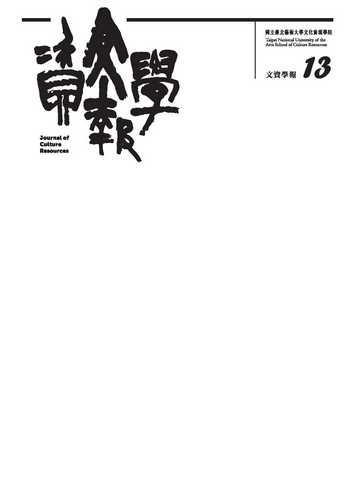 |
 本站僅提供期刊文獻檢索。 本站僅提供期刊文獻檢索。
【月旦知識庫】是否收錄該篇全文,敬請【登入】查詢為準。
 最新【購點活動】 最新【購點活動】
|
| 篇名 |
工地如戰地:台灣營造業工殤碑的歷史敘事與集體記憶
|
| 並列篇名 |
Labor Sites as Battlefields: The Historical Narratives and Collective Memories Based on Workers' Monuments of Construction Industry in Taiwan |
| 作者 |
顧玉玲 |
| 中文摘要 |
本文聚焦在營造業工殤碑的歷史探究,這些散落在公路、水庫、大樓、隧道、車站或隱或現的紀念碑,歷經日本殖民時期、國民政府來台、解嚴後三個時期,在政治經濟結構的轉變脈絡中,有什麼不同的呈現?台灣現代營造業逾百年的歷史,在政權轉換時都與軍事建構緊密相連,從殖民時期募集軍夫的包商、到戰後大批榮民組成的榮工處,戰役與勞役有延續性,公共工程的工殤碑所呈現的歷史敘事也多是禮讚犧牲,少有反思勞安。解嚴後設立的工殤碑,在資本與勞力全球化,政治鬆動與民間社運興起,是否有別於過往的歷史敘事?本研究從歷史文獻的爬梳、實地探墈後的碑文分析,探討解嚴至今三十年的建碑脈絡,並依勞、資、政三方角力的結構,初步區分為傳承型、政治型、參與型三種工殤碑模式,分析當代工殤碑再現的集體記憶。
This study focuses on the historical exploration of workers' monuments in the construction industry. There are plenty of monuments next to the roadside, reservoirs, buildings, tunnels, and railway stations. What does those monuments express based on the three periods of time based on the Japanese colonized, the National Government ruled, and Martial Law lifted. According to the history of Taiwan modern construction more than a century, the transition of the regime are closely linked with the military construction, from the colonial period to raise the military's contractors, to a large number of post-war veterans made up of the composition of the campaign and labor continuity. The historical narratives presented by the workers' monuments are mostly praising sacrifices, and rare reflections on labor safety. As to those workers' monuments built after Martial law lifted, are there historical narratives different from previous ones because of the process of globalization of capital and labor, political loosening and the rise of civil society? I explored the political and economic context of building workers' monuments in construction industry by studying historical documents, analyzing the form and content of the monuments after fields exploration. According to the tripartite wrestling from labor, capital, and government, I divide workers' monuments into three types of heritage, political and participatory types, and analyze the possible collective memory of the reproduction. |
| 英文摘要 |
This study focuses on the historical exploration of workers' monuments in the construction industry. There are plenty of monuments next to the roadside, reservoirs, buildings, tunnels, and railway stations. What does those monuments express based on the three periods of time based on the Japanese colonized, the National Government ruled, and Martial Law lifted. According to the history of Taiwan modern construction more than a century, the transition of the regime are closely linked with the military construction, from the colonial period to raise the military's contractors, to a large number of post-war veterans made up of the composition of the campaign and labor continuity. The historical narratives presented by the workers' monuments are mostly praising sacrifices, and rare reflections on labor safety. As to those workers' monuments built after Martial law lifted, are there historical narratives different from previous ones because of the process of globalization of capital and labor, political loosening and the rise of civil society? I explored the political and economic context of building workers' monuments in construction industry by studying historical documents, analyzing the form and content of the monuments after fields exploration. According to the tripartite wrestling from labor, capital, and government, I divide workers' monuments into three types of heritage, political and participatory types, and analyze the possible collective memory of the reproduction. |
| 起訖頁 |
31-69 |
| 關鍵詞 |
工殤碑、營造業、職業災害、集體記憶、歷史敘事、workers' monuments、construction industry、occupational injury、collective memory、historical narrative |
| 刊名 |
文資學報 |
| 期數 |
201801 (11期) |
| 出版單位 |
國立臺北藝術大學文化資源學院
|
| 該期刊-上一篇 |
歐洲藝術學院體制的誕生 |
| |
|
新書閱讀
最新影音
優惠活動
|

